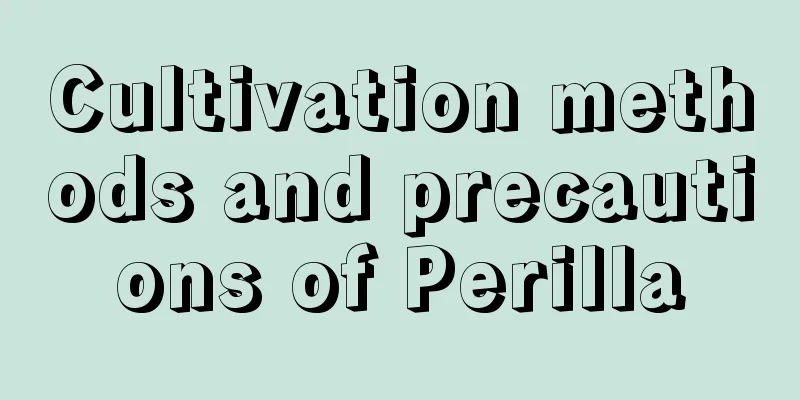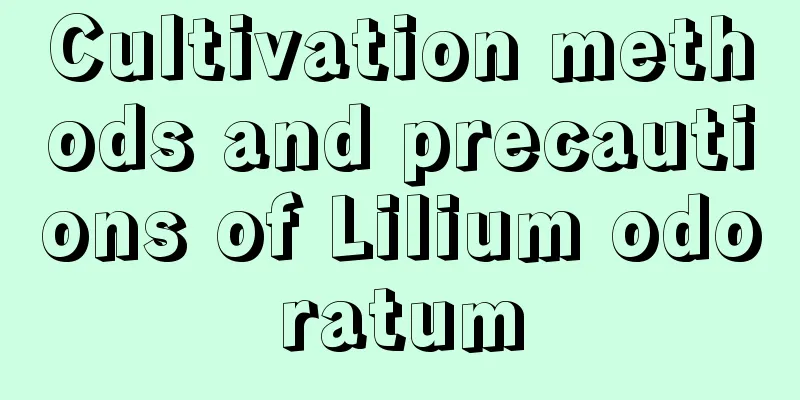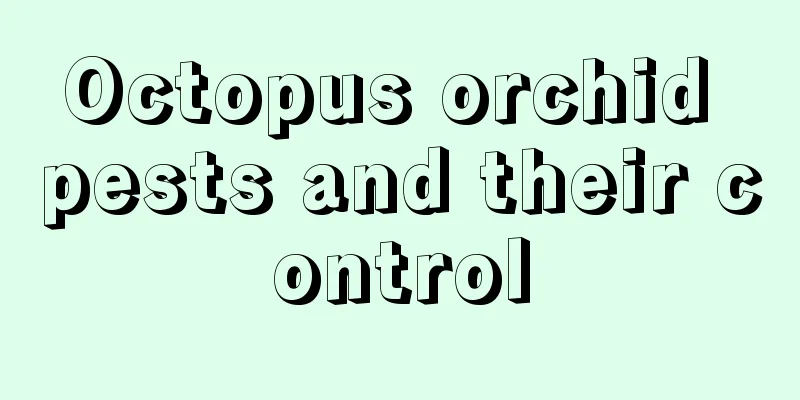How to cultivate Aconitum

1. SoilAconitum is more suitable for cultivation on sandy soil with deep soil layer, medium soil fertility, loose soil and good drainage performance. Avoid continuous cropping, otherwise it will lead to variety degeneration and slow growth. 2. TemperatureIt is a thermophilic plant, and 23-30℃ is most suitable for its growth. If the temperature is too high during summer planting, you can water the plants once every 8 days. This allows the aconite to enter a dormant state in the soil and then sprout and grow again in the second year. When the weather is too cold in winter, you should pay attention to insulation measures. If conditions permit, you can choose to plant in a greenhouse or shed. 3. LightingAdequate light and lighting should be maintained all year round. Adequate sunlight can promote its metabolism, increase the secretion of aconitine, mesaconitine, aconitine A and other ingredients, and increase its medicinal value. Otherwise, developmental delay or even growth withering may occur. 4. FertilizationTop dressing should be applied when the seedlings are 6 cm tall and during the first root pruning. When applying fertilizer for the first time, the ratio of decomposed cake fertilizer to diluted manure should be about 1:25. When applying fertilizer for the second time, the ratio should be 1:12.5. 5. WateringThe supply of water should be guaranteed, and a slightly humid environment is beneficial to its health. Normally, watering is sufficient once every 2-3 days. If the soil is dry for a long time, water should be added in time according to the specific situation. After the temperature rises suddenly, water should be applied once in the morning and once in the evening. During the rainy season, attention should be paid to drainage to prevent the occurrence of root disorder. 6. Notes1. The surrounding weeds should be removed in time to prevent their nutrients from being robbed. 2. Pay attention to prevent common diseases of Aconitum such as white rot. Attention should be paid to timely disinfection of the soil, and behaviors that may cause diseases, such as continuous cropping and untimely drainage, should be avoided. |
<<: How to cultivate mosquito grass
>>: Cultivation method of narrow-leaved dragon blood tree
Recommend
Winter management methods for fish ponds
In winter, if the ice in the fish pond is too thi...
Diseases of Prunus aviculare and their control
Diseases of Prunus aviculare and their control Di...
Gardenia cutting method
1. Cutting time The best time to take cuttings is...
Fertilization tips for Podocarpus
Fertilization method When cultivating Podocarpus,...
Is Phoenix Bamboo easy to grow in winter?
Are plants easy to grow in winter? We talked abou...
What is the white paint on the tree?
1. What is The white paint on the trees is usuall...
Diseases and Pests of Tuberose and Their Control
Diseases and their control of tuberose Fusarium w...
Rapid rooting method of cutting cultivation of Rhododendron pubescens and techniques for high survival rate of cuttings
If you want the cuttings of Rhododendron to take ...
How to propagate Jade Leaf and what to pay attention to
Jade leaf reproduction method There are four ways...
How to prune jasmine after flowering
Pruning Jasmine After Flowering Jasmine should be...
Method of hydroponic onion cultivation
1. Selection and processing Before hydroponics, y...
Can green radish be watered with Coca-Cola? What are the benefits of watering green radish with Coca-Cola?
Can the green radish be watered with Coke? You ca...
The Flower Language and Legend of Colchicum
Flower language of Colchicum The flower language ...
What water should be used to water the Venus Flytrap and how often should it be watered?
1. What kind of water should be poured It is best...
How to make the rueba bloom
1. Soil and flower pot selection It used to grow ...









